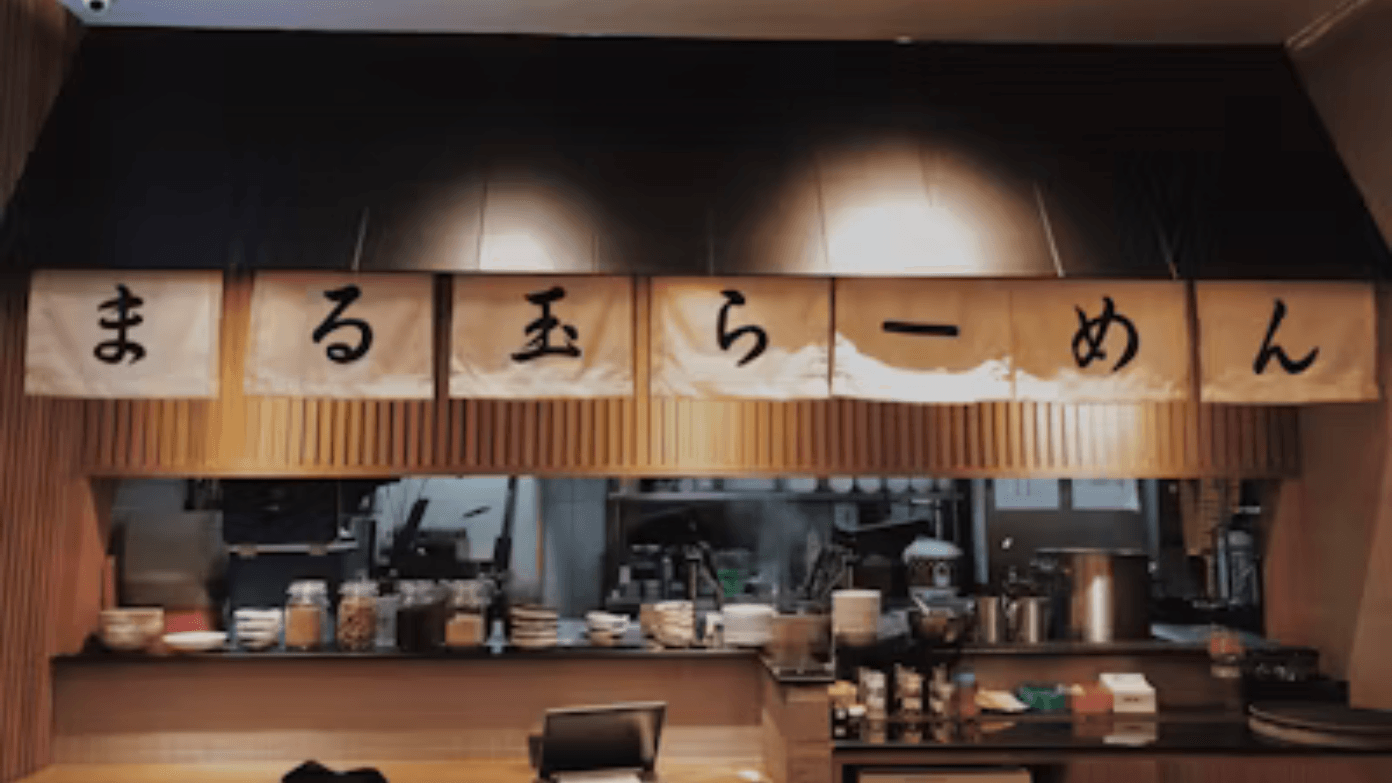Osaka Marketplace’s announcement that it will open a third Bay-Area store by converting an empty Lucky store in Foster City into one consolidates two intersecting trends: the chain’s own expansion strategy on the West Coast and the area’s record craving for Asian specialty markets. The 35,000-square-foot lease at 919 Edgewater Blvd. places the chain in the middle of the Peninsula and illustrates the way developers are reusing retail centers to satisfy shoppers’ hunger for varied food options.
From lucky to lucky-for-some: Reimagining 919 Edgewater Blvd.
Edgewater Place Shopping Center lost its anchor when Lucky departed, leaving a definite void in the 123,000-square-foot mall. Owners started a capital-improvement project—fresh facades, repaved parking lots, upgraded lighting—to lure a new tenant. Osaka Marketplace’s opening not only fills the vacant space but re-creates an everyday-needs shopping hub that can send business to surrounding small stores, such as Rickshaw Corner, Sana’a Cafe and Rita Indian Restaurant.
Why Foster City fits Osaka marketplace’s playbook
- Demographic draw: Foster City and the adjacent San Mateo region have large Japanese American and total Asian populations, which means built-in demand for specialty imports and new seafood.
- Geographical triangulation: With current fueling locations in Fremont and Pleasant Hill, a mid-Peninsula location provides an approximately equidistant chain that keeps delivery hauls low and expands the chain’s customer catchment area.
- Competitive white space: Although 99 Ranch is nearby and H Mart targets the Tri-Valley, the Peninsula does not have a large-format Japanese grocery retailer to compete with Osaka Marketplace as a pioneer in this sub-category.
Renovation timeline and opening date
The shop has started interior demolition to add specialized refrigeration, live-tank seafood displays and a sushi production line. Outdoor work is new bilingual signage and a glass-walled food court entrance off the lagoon. November 2025 opening is planned, subject to city inspections.
What shoppers will find inside
- Fresh seafood hall: Live Dungeness crab, hamachi collars and seasonal uni flown in twice a week from Toyosu Market.
- Prepared foods area: In-store-prepared bento boxes, okonomiyaki, Japanese curry and onigiri each day.
- Imported grocery aisles: 10,000+ SKUs from Kewpie yuzu mayo to Calbee matcha potato chips, and a whole aisle of regional soy sauces and miso.
- In-store dining: Six-vendor food court with Wagyu-Mania yakiniku bowls and GoodTimes Donut matcha crullers—brands already with successful track records in Osaka Marketplace’s Fremont flagship.
Market forces driving the boom
The nine-county Bay Area Asian population totaled more than 2.6 million in 2024, or 33% of the residents—a share that no other major metropolitan area has matched. Continued immigration from East Asia and Southeast Asia guarantees the demand for authentic ingredients as second-generation households look for both nostalgia and innovation.
Pandemic-era cooking habits
Home cooking surges beginning in 2020 continued even after restaurants resumed operation, driving specialty food store sales into double digits. U.S. Asian sauce and condiment buying growth went as much as 13% compared to last year in 2024, higher than any other ethnic group, NielsenIQ stated. Bay Area retailers consider the Bay Area ground zero for that trend.
Food courts, live sushi bars and sample kiosks produce “shoppertainment” that won’t be replicated by online shopping. Osaka Marketplace’s grab-and-go bento selection and coffee shop are focused on lunch-time business, a key revenue tier in high-rent suburban markets.
Read more: Starbucks’ change with Pumpkin Spice Latte returning to menus across the U.S. on August 26

